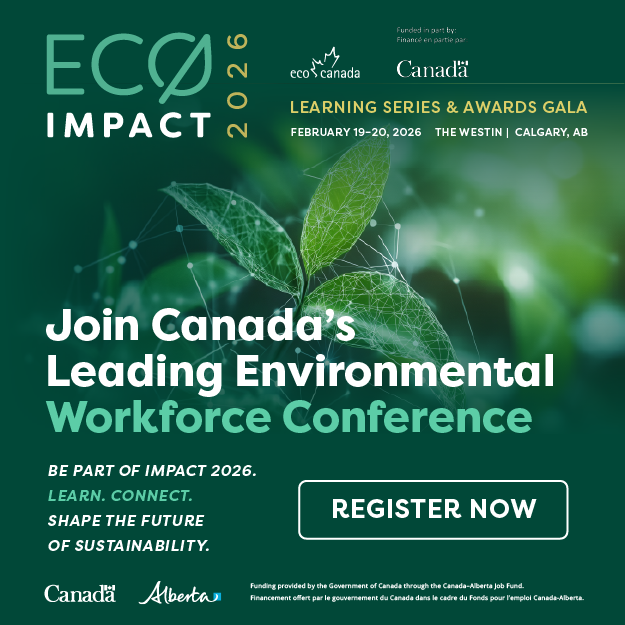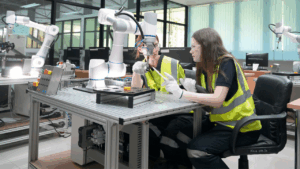Your environmental work has taken you across the globe, and lead to projects in Africa, Asia, Europe, South Pacific and now Australia. Can you provide our audience some insights on what it was like to work abroad?
I have now worked in roughly twenty countries. The opportunity to work in another culture, side by side with other environmental professionals, travelling to remote areas many of which are undeveloped, is an enriching experience.
However, it’s not all easy going. It means time away from your family and friends, challenges with language (even when working with a good interpreter) and often health and safety risks.
Which country would you describe was the most challenging in to work?
The most challenging countries in which I have worked are those where personal safety and security can be an issue. At present, this applies to the work I am doing in Papua New Guinea, where a person can get caught up in the middle of tribal disputes that often flare up quickly.
Previously, I worked on projects in former conflict areas in Azerbaijan, Bosnia, northern Laos and eastern Zambia where the risk of encountering unexploded ordinance while in the field was a significant potential threat – not the usual type of site contamination we are accustomed to in Canada.
I have also survived one car accident in rural China, a near helicopter crash in the Russian Far East, dysentery in Nepal, and the bite of a rabid dog in Ghana.
In your opinion, what are some of the biggest threats the environment is facing today? How can we overcome them?
There are threats to both the environment industry, and to the environment. A key threat facing the environmental industry is that it continues to play a secondary role to other major sectors of the economy, especially in times of economic downturns.
Key threats to the environment are climate change and its associated impacts to biodiversity.
As the realities of climate change continue to be realized, there will be increasing opportunities across the environmental sector to address the growing threats to species, ecosystems, and ecosystem services in general.
My hope is that the environmental industry finally gains the recognition it deserves and has a greater role in contributing to decisions affecting future society.
In this regard, becoming an accredited member of professional environmental practice bodies can be a step in the direction of having our voices heard.
What career advice would you give to today’s environmental professionals?
As an Adjunct Professor at the University of Queensland and an environmental industry mentor at Griffith University, I tell students to spend as much time out in the field as they can early in their careers, gaining as much first hand knowledge on their natural surroundings as they possibly can. The experience gained will serve you the rest of your career.
It is also important to identify things you are passionate about in your career and develop expertise around those passions. This will make the task of acquiring certification that much easier in the long run.
Finally, find a mentor with whom you can discuss issues concerning career development, and be a mentor to others who can benefit from the lessons learned and what you have achieved to date.
Can you tell us more about the Australia and New Zealand’s Certified Environmental Practitioner of the Year Award? How much this means to you, and the importance of recognition in shaping one’s career?
The Environment Institute of Australia and New Zealand (EIANZ) is the peak association for environmental professionals in Australia and New Zealand.
The Certified Environmental Practitioner (CEnvP) program is an initiative of the EIANZ aimed at boosting community and business confidence in environmental professionals.
The CEnvP scheme recognizes environmental professionals in line with their professional counterparts from engineering, accounting, planning and architecture, and provides a higher level of assurance to the community, employers, clients and professional associates.
Being a member of EIANZ and a Certified Environmental Practitioner is the mark of your professional identity that travels with you throughout your career. It is as valuable as your academic qualifications.
Membership in the EIANZ, and status as a Certified Environmental Practitioner are recognized by governments and industry as a basis for being a ‘suitably qualified and experienced individual’ in regulatory frameworks and contractual specifications.
Therefore, as an environmental practitioner, it means a lot to be a member of EIANZ and be recognized through the CEnvP process by your peers across varying professions.
As a Senior Environmental Practitioner with over 40 years of experience, what motivated you to pursue a career in the Environmental Sector?
My father was a banker who loved being outdoors whenever he could get the chance. Weekends and holidays with the family were spent in various outdoor pursuits, including camping, hiking, fishing, berry picking, and boating, to name a few. By the age of twelve, I knew that I wanted an interesting career that enabled me to spend as much time outdoors as possible.
I first thought about being a geologist, then a forester, but in the end realized that my passion was biology. I graduated from university with an undergraduate degree in biology back in the mid-1970s when environmental issues were on the rise.
This was followed by a graduate degree in natural resource management some years later, when I had a better idea of my career focus, and saw how I could apply my skills to the ever-changing environmental sector.
Why did you choose to become an Environmental Professional (EP)?
I was already a Registered Professional Biologist (BC) and Professional Biologist (AB) when I decided to become an EP.
I was motivated by the realization that my career involved work that was moving beyond the more narrow focus of biology, across a broader range of environmental disciplines.
I saw the EP process as one that recognized the environmental skills that I had acquired over many years, and would benefit me in my international practice. It certainly assisted me in gaining professional recognition when I moved from Canada to Australia.
What were some of the key benefits you enjoyed as an (EP)?
I think the key benefit is the recognition amongst my international peers in the environmental sector, as well as peers in other professions like engineering and forestry, that being a certified Environmental Professional meant that I was, like them, suitably qualified to practice in my chosen field.
It has also helped me in competing for assignments in various parts of the world when I have been up against other environmental professionals who may not have achieved a level of certification.
Would you recommend the EP designation to environmental practitioners?
Yes, most definitely, especially as governments, and to a somewhat lesser extent, private sector clients, are increasingly looking to ensure that environmental professionals are suitably qualified as part of their mandate to protect the public interest.
The EP designation is a positive step in that direction.
EP Member Spotlight: R. Scott Hanna, CEnvP of the Year 2018
Principal / Senior Environmental Advisor at Roberschan Environmental





